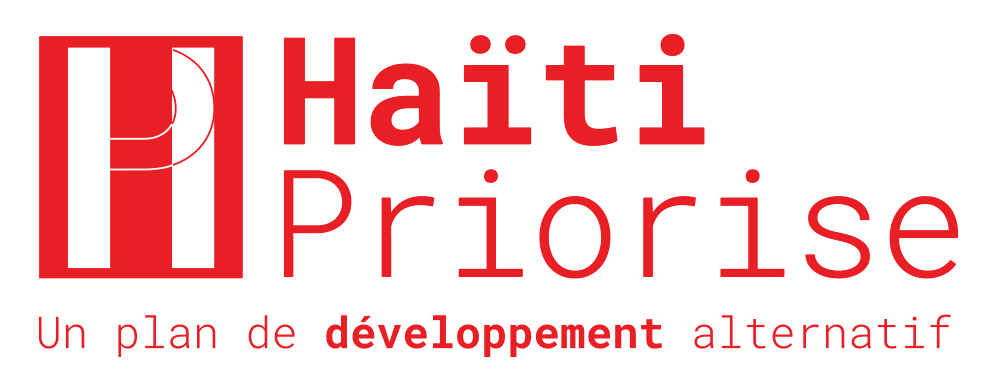Haïti Priorise: NCDs, McBain
The Problem
With an overwhelming disease burden, the average life expectancy is 63 years, the lowest in the Western hemisphere. However, the government spends only $12 per capita annually on the health of its citizens. The majority (80%) of health spending therefore is out-of-pocket and supported through international aid.
Non-communicable diseases and associated risk factors account for half of all deaths in Haiti, greater than HIV/AIDS and malaria combined. Yet, the vast majority of health sector resources are directed towards infectious disease.
Today, 1 in every 40 Haitian girls will develop cervical cancer, 2,300 Haitian adults die each year from heart attack and stroke, and 4,000 Haitian children are faced with the almost certainty of death from type-1 diabetes—due to lack of insulin supply.
The Solutions
- Hypertension campaign and treatment
- Enhanced Identification and treatment of Diabetes
- HPV Vaccination to Prevent Cervical Cancer
Target population and coverage, by intervention
| Target Population | Baseline Coverage | Target Coverage | |
|---|---|---|---|
| Hypertension | Adults, 30-69 years-old | 10% | 51% |
| Diabetes | Children, 0-15 years-old | 25% | 75% |
| Cervical Cancer | Females, 10 years-old | 1% | 67% |
Summary Table of the BCR
| Interventions | Benefit | Cost | Benefit-Cost Ratio |
|---|---|---|---|
| Hypertension | $17.2 million | $9.9 million | 1.7 |
| Diabetes | $15.7 million | $4.4 million | 3.6 |
| Cervical Cancer | $7.7 million | $9.8 million | 0.8 |
All figures assume a 5% discount rate
Benefits, Costs and BCR
Hypertension campaign and treatment
High systolic blood pressure, a primary risk factor for stroke and ischemic heart disease events, causes 17.8 percent of all deaths in Haiti. About 47 percent of Port-au-Prince residents are hypertensive.
This intervention is a mass media campaign to educate people on how to reduce dietary salt intake, and how to mitigate other factors that have bearing on hypertension.
The campaign will motivate viewers to come to local health clinics for blood pressure screening and testing. At these local health clinics, individuals who are diagnosed with severely high systolic blood pressure levels will be eligible for clinical treatment.
Over the course of the year, these individuals will be encouraged to participate in a full treatment schedule including a drug regimen, diagnostic tests, and four clinic visits. These clinical visits incorporate counseling on dietary and behavioral factors that can improve individuals’ hypertensive state.
Costs
The annual costs would be $US 9.89M for addressing hypertension. The biggest component is the visits to the local health clinics, followed by diagnostic tests.
Benefits
The information campaign aims to reach approximately two million Haitians age 30-69, with 400,000 of these individuals having severely high systolic blood pressure. Coupled with enrollment in care and adherence among roughly 50% of those who arrive at facilities, this is expected to avert 520 strokes and 495 heart attacks per year.
Enhanced Identification and Treatment of Diabetes
Enhanced identification and treatment of children self-presenting at facilities with type-1 diabetes. Although little primary data exists, Partners In Health clinicians in Haiti estimate that only 10-15 percent of the estimated 3,952 Haitian children under age 15 who have type-1 diabetes have access to insulin.
Without access to insulin or other life-saving diabetes diagnostic tools to facilitate blood glucose monitoring, the medical outcomes are bleak. In similar environments like Mozambique, where access to insulin, syringes, and other equipment is severely lacking, life expectancy after diagnosis has been estimated at 2.1 and 0.6 years for urban and rural areas respectively
Costs
The annual cost is $US 4.40M for addressing type-1 diabetes. The largest component of the cost is the insulin and diagnostics.
Benefits
The diabetes intervention was expected to reach 3,162 children under age 15 who self-present at hospitals with uncontrolled symptoms of type-1 diabetes. Improved testing, diagnostics and supply of insulin were estimated to avert 506 deaths.
HPV Vaccination to Prevent Cervical Cancer
Human Papilomavirus (HPV) vaccination campaign to prevent cervical cancer
Cancer is estimated to be the second leading cause of noncommunicable disease death in Haiti, after cardiovascular disease. Cervical cancer constitutes a large portion of Haiti’s oncological burden for women. The estimated incidence of cervical cancer in Haitian women is between 20.3 and 50.02 per 100,000, and about 19 percent of years of life lost due to all types of cancer are a result of cervical cancer
The majority of cervical cancer cases result from infection through sexual transmission of the Human Papilloma Virus (HPV). The two most common HPV types are associated with 73 percent of all cervical cancer cases worldwide. In Haiti, at any given time, about 35% of the female population has HPV.
Costs
The major driver of cost is the HPV vaccine, which should ideally be subsidized by the Global Alliance for Vaccinations and Immunizations (GAVI).
Benefits
This is expected to reach 93,336 10-year old girls enrolled in primary school each year, and avert 1,494 cases of cervical cancer.

